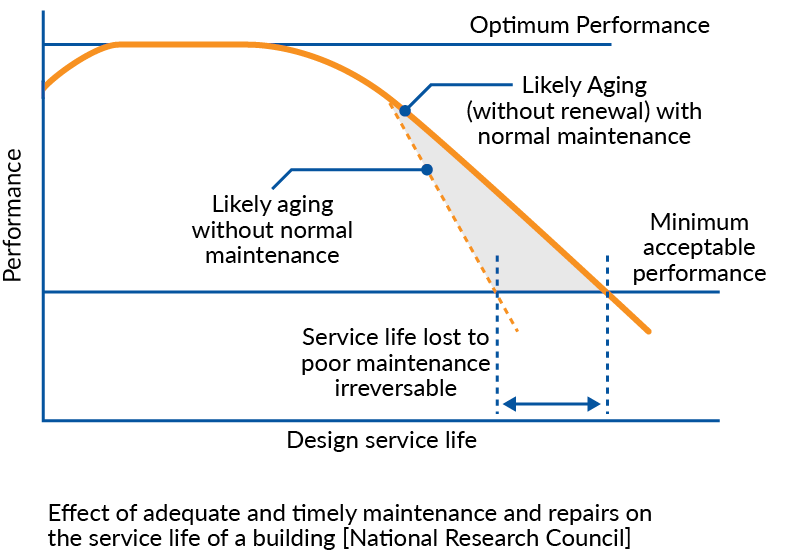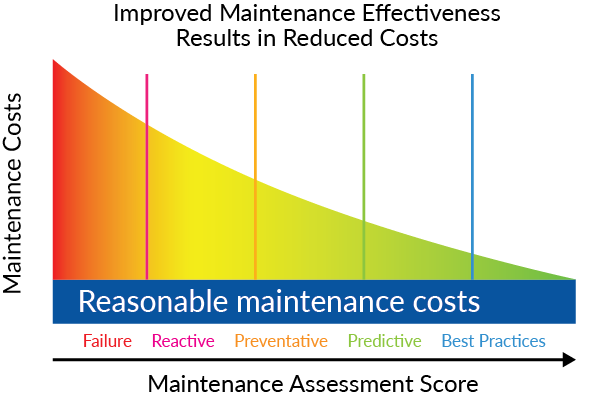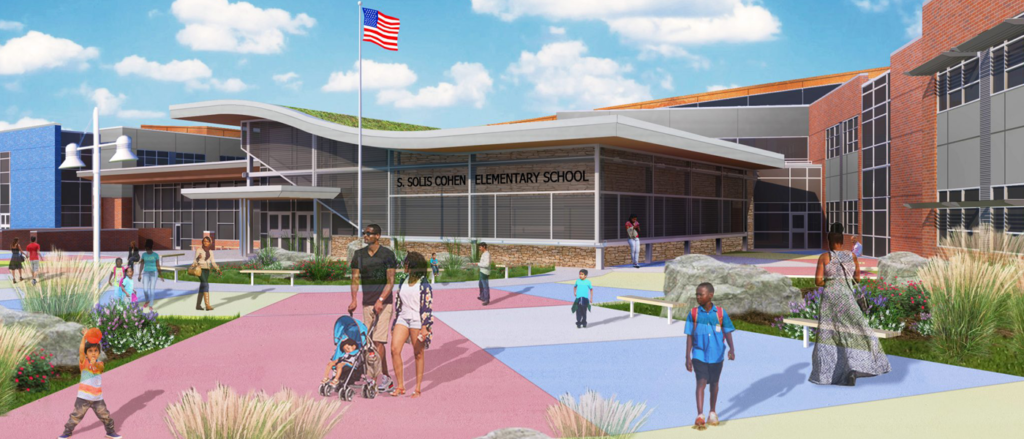Tag: K-12
It’s 6:15 AM on a scorching Thursday in late August. The custodial team at Jefferson Middle School just turned on the lights when the first call came in. Temperatures in the west wing are too hot!
The HVAC unit serving that part of the building shut down overnight, and now numerous classrooms are approaching 85°F before students even arrive. Teachers will be calling soon; nurses are on standby for heat-related issues, and the principal has requested immediate status reports and is bracing for a wave of complaints.
For Jim, the facility director, this isn’t just uncomfortable; it’s a crisis. He’s scrambling to mobilize rental chillers, allocate portable fans, and track down replacement parts. All the while, he knows this failure could have been prevented.
In school environments, maintaining HVAC systems isn’t just about comfort, it’s about creating a healthy environment that supports learning and operational stability. For facility directors managing dozens (or hundreds) of classrooms across a district, it’s a high-stake balancing act: tight budgets, aging infrastructure, growing air quality expectations, and constant pressure to “just keep things running.”
With a strategic, lifecycle-based HVAC approach, facility managers can go from firefighting to forward planning. This shift cuts costs, saves time, and creates healthier spaces for students and staff.

Source: Pacific Partners Consulting Group & ENERGY STAR
THE TRUE COST OF REACTIVE HVAC MAINTENANCE
Emergency repairs may solve an immediate issue, but they come at a premium not just in dollars, but in disruption
Studies from the U.S. Department of Energy and ENERGY STAR show that deferring HVAC maintenance shows a greater risk of downtime during peak weather months.
What are the effects?
- More health-related complaints and student and staff absenteeism due to poor indoor air quality
- Higher volumes of comfort complaints, disrupting focus and impacting learning outcomes
- Unexpected rental and mobilization costs for temporary cooling equipment
- Shortened equipment life cycles, resulting in frequent and costly replacements

The lesson? Proactive maintenance isn’t a luxury, it’s a cost-saving necessity.
A proactive K-12 HVAC maintenance strategy goes beyond filter changes and seasonal tune-ups.
Plan & Track: Know what you have and stay on schedule
- Create an Accurate Equipment Asset Inventory
Document all your HVAC units, their age, condition, service history, and manufacturer-recommended maintenance milestones. This becomes the foundation of an effective long-term plan. - Build a Preventive Maintenance Plan
Follow manufacturer guidelines and any applicable state or local requirements (such as Maryland’s IAC Preventive Maintenance Task List) to reduce unexpected failures and keep systems operating efficiently. - Leverage a Computerized Maintenance Management System (CMMS)
Use a CMMS to automate work orders, track service dates, manage parts, and maintain digitized records. This makes audits easier and reduces administrative headaches.
Train & Monitor: Detect problems before they disrupt
- Invest in Staff Training
Educate your internal maintenance teams on how to identify early warning signs and make informed service calls. When possible, enroll them in manufacturer-specific training programs with your local representative. - Add Predictive Maintenance & Performance Monitoring
Use tools like oil and vibration analysis, sensor-based alerts, and equipment trend tracking to spot wear or inefficiencies early before breakdowns occur.
Update & Recalibrate: Maintain long-term efficiency
- Recommission HVAC Systems Regularly
Even high-performing systems drift over time. Recommissioning ensures they meet current demands and operate as efficiently as when first installed, especially after major upgrades or system changes. - Benchmark Your Energy Use
Track utility data using ENERGY STAR Portfolio Manager or similar tools to compare your energy use with peer buildings, uncover trends, and justify system improvements or replacements.
Partner Strategically: Choose the right support
- Hold Vendors Accountable to Your Goals
Partner with a provider who understands the unique challenges of K-12 environments and offers proactive strategies not just reactive service. A strong partner helps reduce downtime and improve overall system performance.

Source: www.iac.maryland.gov
With rising utility costs, more districts are viewing HVAC performance through a cost-reduction lens. HVAC system upgrades for schools like variable speed drives or control retrofits can often pay for themselves over time, especially when supported by utility and state driven incentives, rebates, or grants.
An energy-focused partner can help you identify such opportunities, secure funding and build a case for internal approvals needed for project operations or capital funding investments.
Improving Indoor Air Quality in K-12 Schools
Indoor Air Quality (IAQ) is one of the most critical and often overlooked components of a healthy school environment. According to the U.S. Environmental Protection Agency (EPA), poor IAQ can negatively affect the health, performance, and attendance of both students and staff.
“… students in well-maintained facilities often outperform those in substandard buildings by 5 to 17%.”
− Glen I. Earthman,
School Facility Conditions and Student Academic Achievement, 2002
See how this school’s net zero design has excellent indoor air quality and reduced maintenance. The challenge was to meet stringent indoor air quality requirements, which often necessitate more outside air, while minimizing energy impact to get to net zero energy.
How to follow IAQ best practices:
- Ensure adequate ventilation rates in accordance with ASHRAE standards
- Keep HVAC components clean and dry to prevent microbial growth
- Use high-efficiency filters appropriate for the system design
- Inspect and maintain outside air intakes regularly
By integrating these practices into your HVAC strategy, you help protect student health and promote better academic outcomes.
The EPA’s “IAQ Tools for Schools” program emphasizes a proactive, team-based approach to indoor air management.
Rely on a Partner You can Trust
Havtech works with K-12 school systems in the mid-Atlantic region to implement HVAC programs that reduce stress on facilities teams and create safer, healthier buildings.
Whether you need a partner for a system rebuild, ongoing maintenance, help navigating compliance, or guidance on energy-saving upgrades, we’re here to support your team.
Interested in learning how to improve your reliability and save costs?


